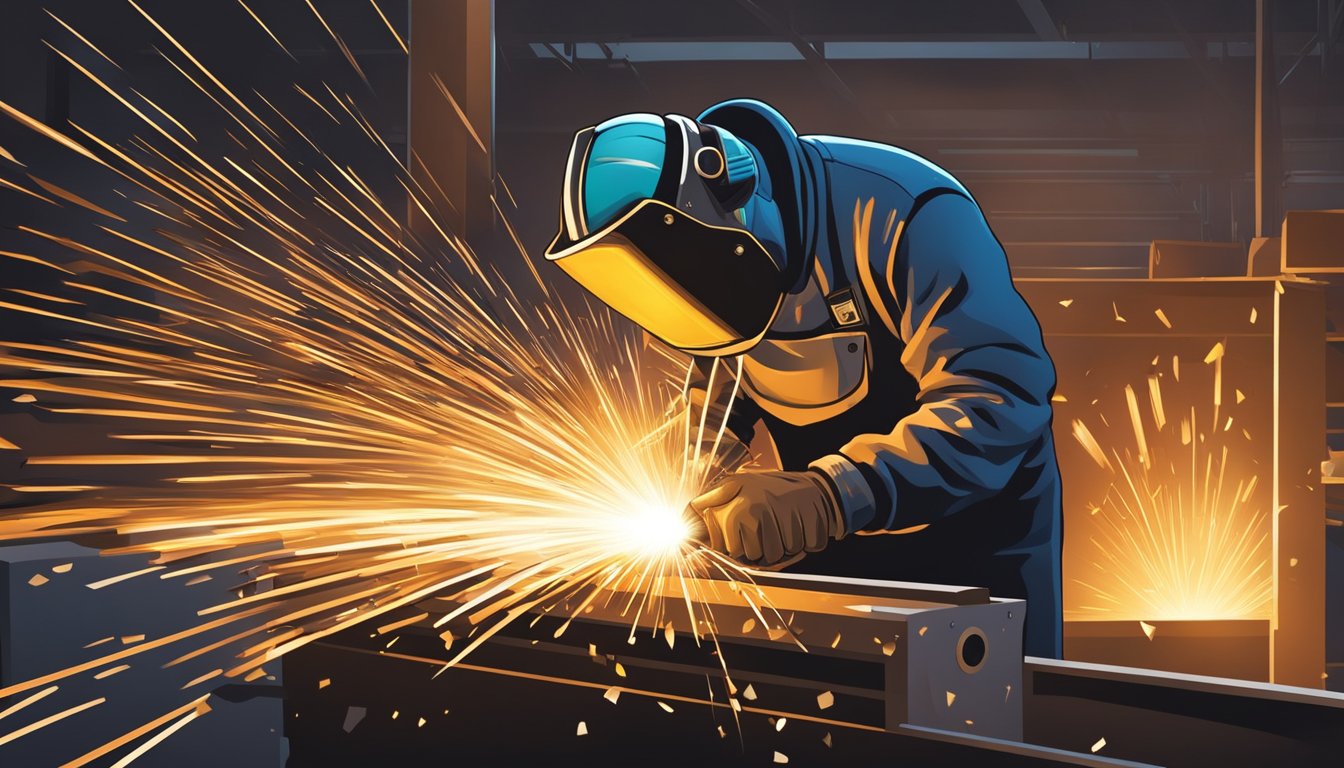Mastering Welding WPS Standards: Best Practices and Techniques for Top Quality Welds
In the realm of welding, understanding Welding Procedure Specification (WPS) standards is an essential element that directly influences the quality and honesty of welds. As we navigate through the intricacies of welding WPS standards, revealing crucial understandings and strategies for accomplishing top-tier welds will certainly be paramount for welders seeking to stand out in their craft and produce welds that stand the examination of time.
Comprehending Welding WPS Specifications

Understanding WPS criteria is vital for engineers, welders, and assessors associated with welding procedures. By complying with WPS guidelines, welders can produce welds that satisfy the required mechanical properties and architectural stability. Assessors count on WPS paperwork to validate that welding treatments are being complied with correctly which the resulting welds are of high quality. Engineers make use of WPS criteria to develop welding treatments that guarantee the durability and integrity of welded frameworks.


Necessary Devices for Top Quality Welds
Understanding welding WPS requirements is necessary for welders to efficiently make use of the vital tools required for creating quality welds. The kind of welding machine required depends on the welding process being made use of, such as MIG, TIG, or stick welding. Cable brushes and damaging hammers are necessary for cleaning the weld joint before and after welding to eliminate any type of contaminations that can affect the high quality of the weld.
Key Methods for Welding Success
To attain welding success, one have to master the essential strategies necessary for producing high-quality welds. One essential method is keeping the proper arc length. Keeping the electrode at the optimal distance from the workpiece is vital for creating strong, uniform welds. Additionally, managing the travel rate is critical. Relocating as well swiftly can cause insufficient penetration, while relocating also gradually can bring about excessive heat input and prospective flaws. Proper manipulation of the electrode angle is another vital method. The angle at which the electrode is held can impact the grain form and infiltration of the weld. Moreover, making sure consistent weapon angle and direction of traveling is essential for harmony in the weld grain. Last but not least, keeping a constant hand and a stable welding position throughout the process is vital to attaining accuracy and consistency in the welds. By mastering these vital strategies, welders can elevate the quality of their work and attain welding success.
Ensuring Conformity With WPS Standards

Furthermore, welders ought to undergo training to acquaint themselves with the WPS requirements pertinent to their job. Regular audits and evaluations ought to be carried out to confirm that welding activities align with the recommended WPS guidelines. In addition, preserving in-depth documents of welding criteria, tools calibration, and examination results is crucial for showing compliance with WPS criteria - welding WPS. By faithfully adhering to WPS criteria, welders can make sure that their work satisfies the required top quality levels and adds to the overall success of the welding task.
Troubleshooting Common Welding Issues
When faced i thought about this with usual welding issues, determining the origin is essential for reliable troubleshooting. One prevalent issue is the visibility of porosity in welds, usually triggered by contaminants such as rust, wetness, or oil. To address this, making sure correct cleansing of the base steel prior to welding and using the appropriate protecting gas can considerably lower porosity. One more concern often encountered is lack of fusion, where the weld stops working to appropriately bond with the base material. This can originate from inadequate heat input or improper welding strategy. Changing parameters such as voltage, cord feed rate, or take a trip speed can help improve combination. Additionally, distortion, splitting, and spatter are typical welding obstacles that can be alleviated via correct joint prep work, regular heat control, and choosing the ideal welding consumables. By thoroughly understanding these usual welding issues and their origin, like this welders can look at this site successfully fix troubles and achieve top notch welds.
Conclusion
In conclusion, understanding welding WPS criteria calls for a complete understanding of the guidelines, making use of essential tools, and implementing key techniques for successful welds. Ensuring compliance with WPS standards is crucial for producing high quality welds and preventing typical welding problems. By complying with ideal methods and methods, welders can attain trusted and consistent lead to their welding jobs.
In the realm of welding, mastering Welding Procedure Requirements (WPS) criteria is an essential part that straight influences the quality and honesty of welds.When diving right into the realm of welding practices, a crucial aspect to comprehend is the relevance and details of Welding Procedure Requirements (WPS) standards. WPS standards provide an in-depth standard for welding procedures, ensuring consistency, top quality, and security in the welding process. The type of welding maker required depends on the welding procedure being utilized, such as MIG, TIG, or stick welding.Achieving welding success via the mastery of key strategies demands a comprehensive understanding and adherence to Welding Procedure Spec (WPS) criteria.